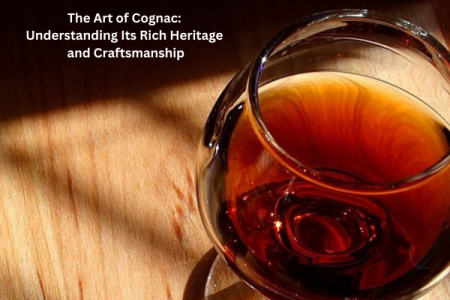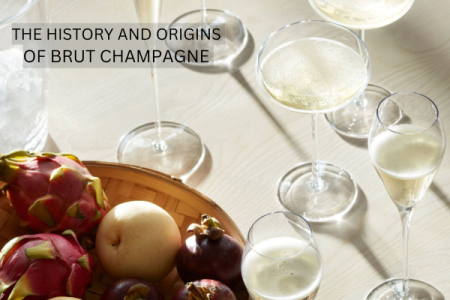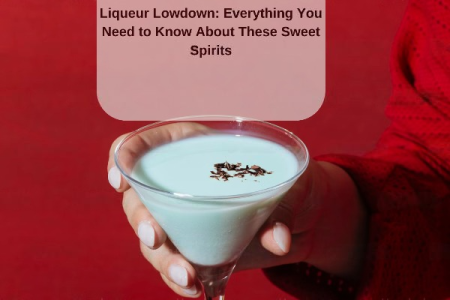The term dessert wine usually implies a sweet wine to be enjoyed with dessert after dinner. Compared to other wines, they are sweeter and have a higher alcohol content.
Dessert wine characteristics
Three primary characteristics of this kind of wine are its sweetness, alcohol percentage, and flavor notes. Dessert wines taste sweeter because they contain more residual sugar. This is because a specific dosage must be maintained when making wine; usually, one liter of wine requires the addition of 100 grams of sugar.
Typically, the alcohol content is 14% ABV, though this can vary depending on whether brandy is added. While taste notes are both sweet and light, and strong and heavy. This is due to the type of grapes and the method of wine production.
Dessert wine options
Dessert wines come in a variety of options, each with a unique flavor, sweetness, and alcohol content. Here are a few popular choices:
Sauternes
The sweet French dessert wine with notes of honey, white flowers, and sweet citrus fruits. The alcohol content is 12.5%. It is made from a variety of premium grape varieties, which add to the drink's distinct freshness. While drinking, you can also notice pleasant shades of sweetness. It goes well with white meat, sweet bread, and mushroom dishes, as well as cheeses and tropical desserts. It can be consumed during or after dinner.
Port
With a 19% alcohol content, this Portuguese sweet and strong wine is aged for three years in large old oak barrels. It smells like a combination of chocolate, blackberries, and plums and is advised to pair with cheese and chocolate-based desserts. You can sip it before or after dinner. Buy the red wine at the Vino&Vino specialized store.
Moscato
The Italian dessert wine is dry and contains a 12.5% alcohol with notes of sweetness. It has strong acidic taste notes, white peach and citrus fruit aromas, and a mineral structure that gives the wine excellent freshness. The wine goes well with desserts that are light, fragrant, and spicy.
Madeira
An additional 19% alcohol dessert wine from Portugal. The drink smells of caramel, honey, tropical fruits, and apricot jam. When drinking, you can notice an equal effect of sweetness and freshness, as well as a sour taste. It is preferable to drink it with a combination of ham and cheese for dinner, as well as with desserts.
Thus, you can buy red dessert wine at the Vino Vino alcohol specialty store, where you will find the range of the above-mentioned wines and not only.
How to pair the dessert wine
In order to perfectly combine the dessert wine, it is necessary to consider the taste notes of the wine and the dessert. For instance, you can select a dessert wine with rich flavor notes if the desserts are mostly chocolate-based. It's crucial to take sweetness into account as well; desserts and wine should be chosen according to sweetness, where high-acidity options should be avoided. Lastly, the thickness balance of the dessert and the drink must be preserved when combining wine and dessert. For instance, combining a light cheesecake with a strong, thick wine will cause the cheesecake's delicate flavor to be overpowered by the wine.
For many, dessert wine can be considered any wine to have during dinner and dessert. While others prefer wines intended for tasting during desserts, as well as their correct combination with dishes. Dessert wine is made from unique varieties of grape using a variety of wine-making techniques. As a result, wines are produced that pair well with a variety of desserts and have varying tones and sweetness levels.
Conclusion
It's important to consider the type of wine you choose for dessert; for instance, some dessert wines contain brandy or cognac to boost the alcohol content and preserve the wine. These wines can have an alcohol percentage of 15% to 22% and are typically sweeter. There are also types of dessert wine, the sweetness of which is achieved naturally without any additives. These wines are typically produced using more ripe grapes, which give the final product a naturally sweet taste. Here, the alcohol percentage ranges from 8% to 15%.
Thus, when choosing a dessert wine, consideration must be given to the types of desserts and wines, as well as their taste profiles and comparability. It's also critical to take your personal preferences and the amount of alcohol in the drink's content into account.


















